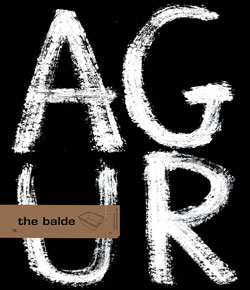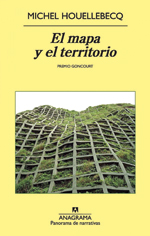
mapa y territorio
michel houellebecq
We don’t have much space to talk about each book, so let’s put all the cards on the table right away. La Carte et le Territoire... is amazing! A masterpiece. Art, tourism, relationships, the family... and Houellebecq becomes a fictional character himself. The book is full of clear, precise and crude reflections. This much hated French writer manages to combine emotions with strange beauty and deep moments. Get into this “map” and you’ll feel you’re in front of a bomb with no timer on it. You turn over the pages and you don’t know when it’s going to explode. This is definitely one of Houellebecq’s best books and that shows that Houellebecq, unlike many other writers, does not live in the past.
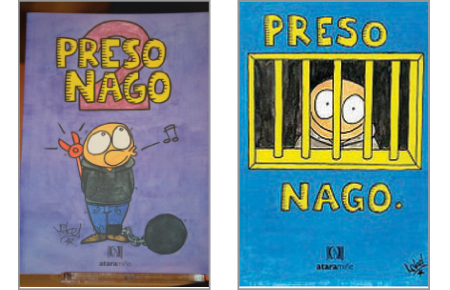
preso nago 1 and 2
mikel orbegozo
J.M. Rouilland must have had tougher self-discipline for the 10 years of solitude he went than just going to prison. In fact, prison surrealism and cruelty take unwilling prisoners to a different level. That is what this collection of comics by Mikel Orbegozo is about. They reflect prison’s absurdity very well. And with humour. A long way from resentment. As “Loreak” and “Animaliak” show us. Sarrionandia wasn’t wrong: “People who have been prisoners’ memories always go back to prison”. So even though they don’t seem to be true, I swear to you that these things are real. The degree of absurdity can be seen the the stories about processes and temperatures. The first comic in the collection, “Hondartzaren batetara”, could fit into any anthology of comics.
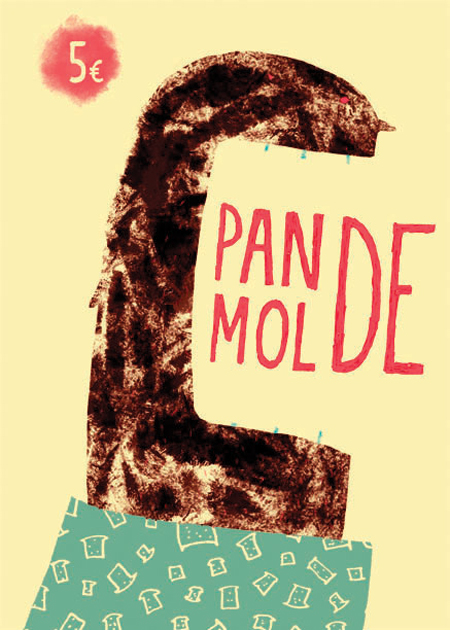
pan de molde fanzina
askoren artean
Whenever a fanzine appears a child laughs, a hedgehog is saved from being run over by a car, somebody helps an old man to cross the road and a child miner strikes gold. Pan de Molde is an illustrated fanzine. Most of the illustrators are young. And that’s an added value which makes it especially attractive; it’s exciting to see a new generation making its own way using a fanzine to do so. They publish well known and unknown illustrators’ work. It’s for sale for five Euros and all the earnings go to the food halls for people in need in Iruñea and Donostia. As we said, the world’s a better place since Pan de Molde appeared.
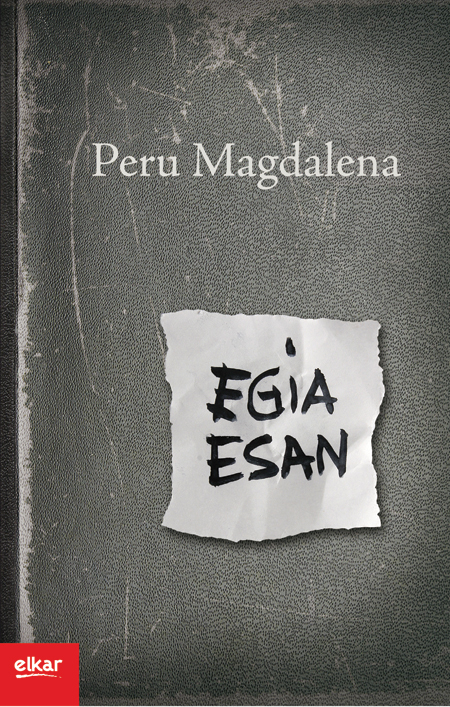
ihes egin
peru magdalena arriaga
Following a notebook left to him by his father, the son decides to retrace the father’s footsteps on a journey. If you ignore the fact that it takes place in the Andes in Argentina, it feels like you’re reading the story of Marco and monkey Amedio. But it isn’t. In this case there are different types of format used in the notebook which make it original: songs, eye witness reports, poems... Otherwise, the subject matter could be the same. We’re more used to stories and adventures about motherhood. Writing and reading about fatherhood still seems to be an exception.
